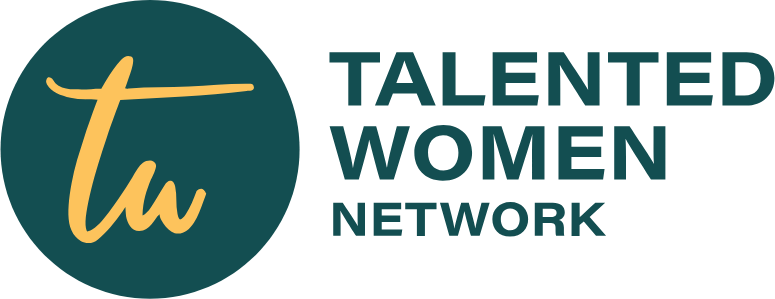In a world where professional reinvention has become the new norm, pivoting careers is less a red flag and more a badge of adaptability. But for all the courage it takes to change course, one challenge persists: the resume.
A career changer’s resume isn’t just a document—it’s a narrative. One that must tell a compelling story of who you were, who you are, and who you’re ready to become.
Let’s look at how to build a resume that not only communicates your career transition but makes a strong case for why you’re the right fit in an entirely new field.
1. Lead with a Career Summary That Speaks the Language of Your New Industry
The traditional objective statement is outdated—especially when you’re changing careers. Instead, open with a professional summary that clearly articulates your career pivot.
Think of this as your elevator pitch on paper. Use it to explain your value proposition in the new field, highlight your enthusiasm for the industry, and introduce the transferable skills you bring with you.
Example:
“Customer-centric operations leader transitioning into UX design, with over 8 years of experience optimizing service workflows and solving user pain points in real-time. Adept at cross-functional collaboration, empathy-driven problem solving, and translating customer insights into actionable design.”
2. Transferable Skills Are the New Currency—Spend Them Wisely
When switching careers, skills—not job titles—are your greatest assets. Comb through your experience to identify competencies that transcend industries: communication, leadership, project management, data analysis, creative thinking.
Use the job description of your target role as a blueprint. What are they looking for? Now mirror that language and match it with your past experience—even if it came from a completely different domain.
For instance:
If you’re moving from teaching to corporate training, words like “curriculum development,” “public speaking,” and “performance evaluation” become your gold.
3. Reformat Your Resume to Spotlight Relevance, Not Chronology
A hybrid or functional resume format can be a game-changer. Instead of organizing by job title and date, structure your resume around skill categories that align with your new career direction.
Group your experience under themes like Project Management, Client Relations, or Analytical Thinking, followed by bullet points of relevant accomplishments. This helps hiring managers see immediately what you bring to the table, without being distracted by your job history.
4. Use Bullet Points to Quantify Impact, Even Outside the Industry
Employers love numbers. Quantifying achievements makes them tangible—even if they’re from a different field.
From this:
“Taught high school biology.”
To this:
“Designed and implemented biology curricula that improved standardized test scores by 22% over two years.”
The goal is to show that success and results follow you, no matter the setting.
5. Education and Certifications: Bridge the Gap with Proof of Learning
If you’ve taken courses, earned certifications, or completed bootcamps relevant to your new field, give them prominence. Place them above your degree if they’re more relevant to your new direction.
This shows intentionality. It signals to employers that you’re serious about this pivot—and you’ve invested in your future.
6. Leverage a “Relevant Experience” Section—even if it’s Freelance or Volunteer Work
Real-world practice trumps theory. If you’ve taken on freelance gigs, volunteer roles, internships, or passion projects in your new field, treat them like full-fledged experience.
Label them clearly—Relevant Projects, Industry Experience, or Consulting Work—and highlight the skills demonstrated and outcomes achieved.
Changing careers isn’t a liability—it’s a strategic move in a dynamic economy that values adaptability. But your resume must do the heavy lifting.
By reframing your experience through the lens of transferable skills, leveraging a flexible resume format, and quantifying your impact, you don’t just tell hiring managers you can do the job—you show them.
Always keep in mind that the boldest resumes don’t follow templates. They break them with purpose.

